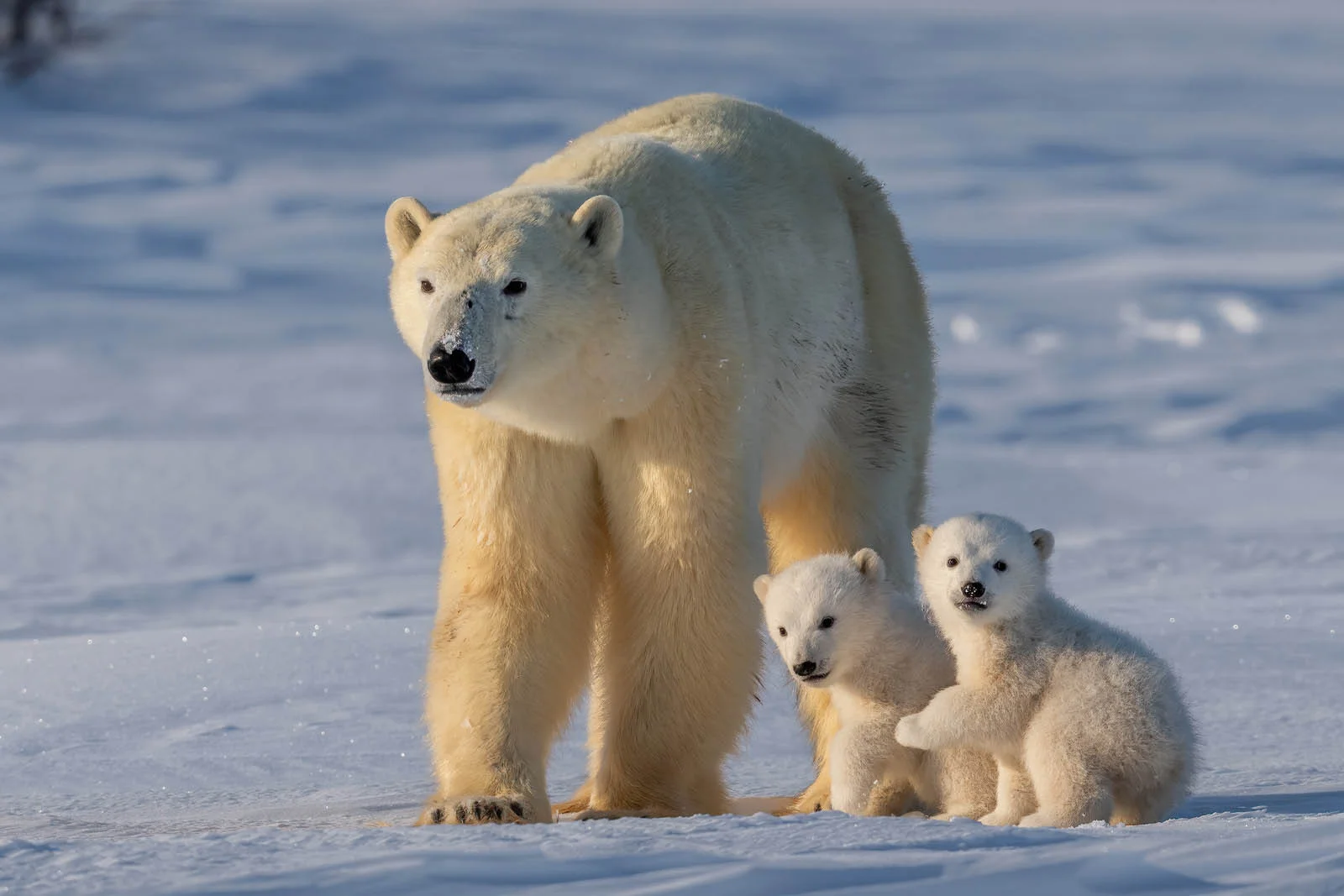
Why There Aren't Polar Bears in Antarctica, According to an Expert | Travel News
You might be surprised to discover some of the unexpected areas polar bears inhabit, but it makes sense that a polar bear would thrive in a cold environment like Antarctica.
As climate change poses serious threats to polar bears, it's crucial to note that their natural habitats are shifting, casting doubt on obvious locations like Antarctica.
To gain a deeper understanding of the polar bear's natural habitat, we consulted the experts at Polar Bears International. Continue reading to find out if polar bears live in Antarctica and the various challenges polar bear populations face worldwide.
Are polar bears found in Antarctica?

Even though polar bears reside in the snowy, icy Arctic regions, you won't find them in Antarctica, according to the World Wide Fund for Nature (WWF).
This can be a confusing misconception, so we sought clarification from Alysa McCall, the Staff Scientist and Director of Conservation Outreach at Polar Bears International.
"Polar bears roam Arctic sea ice searching for their main prey, seals," McCall explained to Green Matters via email. "Countries like Canada, the U.S. (Alaska), Greenland, Norway, and Russia each have at least one polar bear population, but none are found in Antarctica."
A polar bear's habitat depends on suitable sea ice and available prey, as they don't have fixed territories. Therefore, polar bears might venture into unexpected areas in search of hospitable environments.
While polar bears can travel hundreds of kilometers from their home base, one tracked polar bear covered nearly 5,000 kilometers on a journey between Alaska, Greenland, and Canada.
Where do polar bears live?
The five regions mentioned by McCall — Canada, Alaska, Greenland, Norway, and Russia — are where you're most likely to find any of the estimated 22,000 polar bears remaining in the wild, according to the WWF. Live Science notes that evolution likely explains why most bears reside in the Northern Hemisphere.
Antarctica is the southernmost continent, and Live Science explains that there was never a time in the polar bear's relatively recent evolution when the North and South Poles were connected. This lack of connection prevented polar bears from migrating to new regions.
Although researchers believe polar bears could thrive in Antarctica due to an abundance of prey, this could also lead to what Live Science describes as an "ecological collapse."
Ultimately, conserving polar bears is vital to their survival, and prioritizing greener energy methods is essential.
"The key to preserving sea ice for polar bears and restoring the climate's functionality is to move away from fossil fuels," McCall told Green Matters. "We need to transition to cleaner energy sources like wind, solar, or water and elect leaders who prioritize protecting our future."
